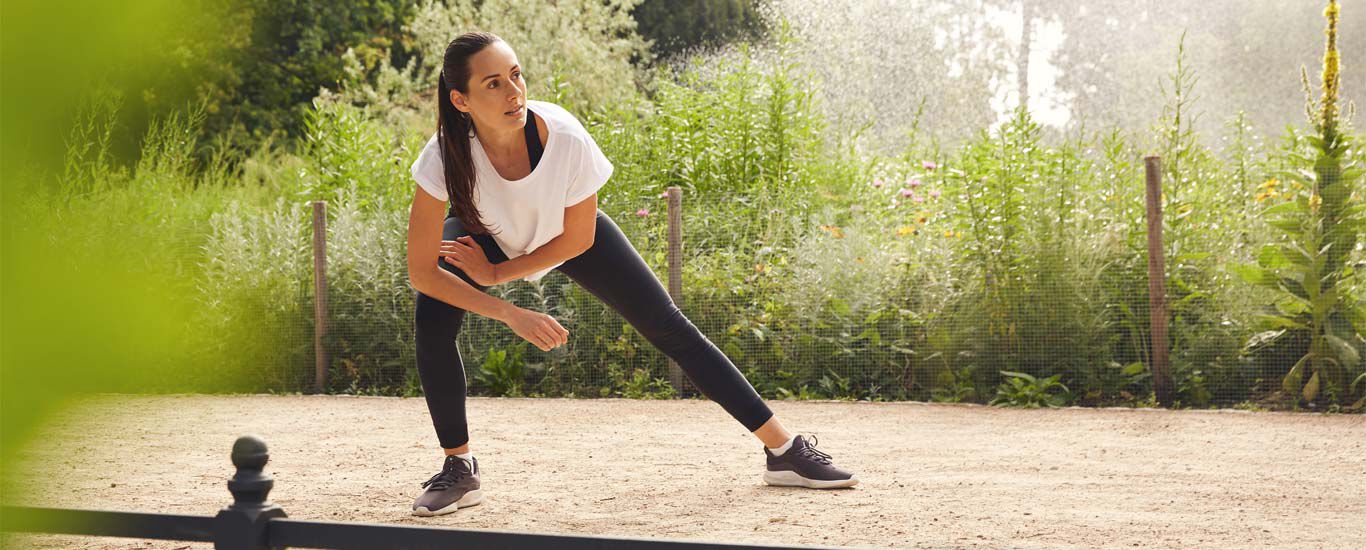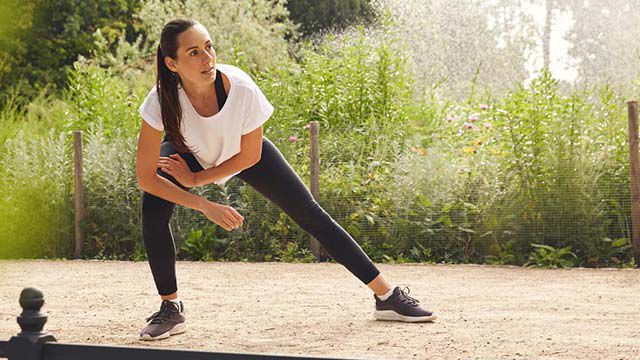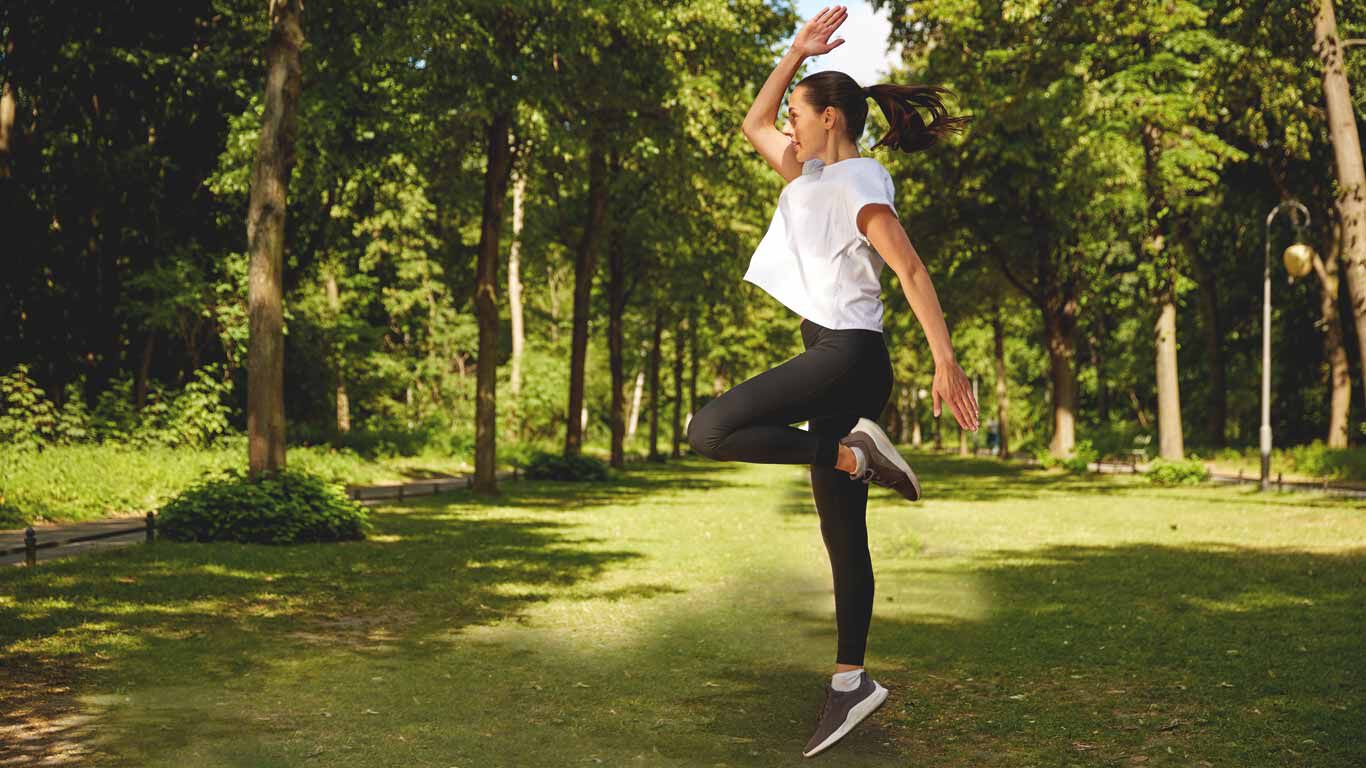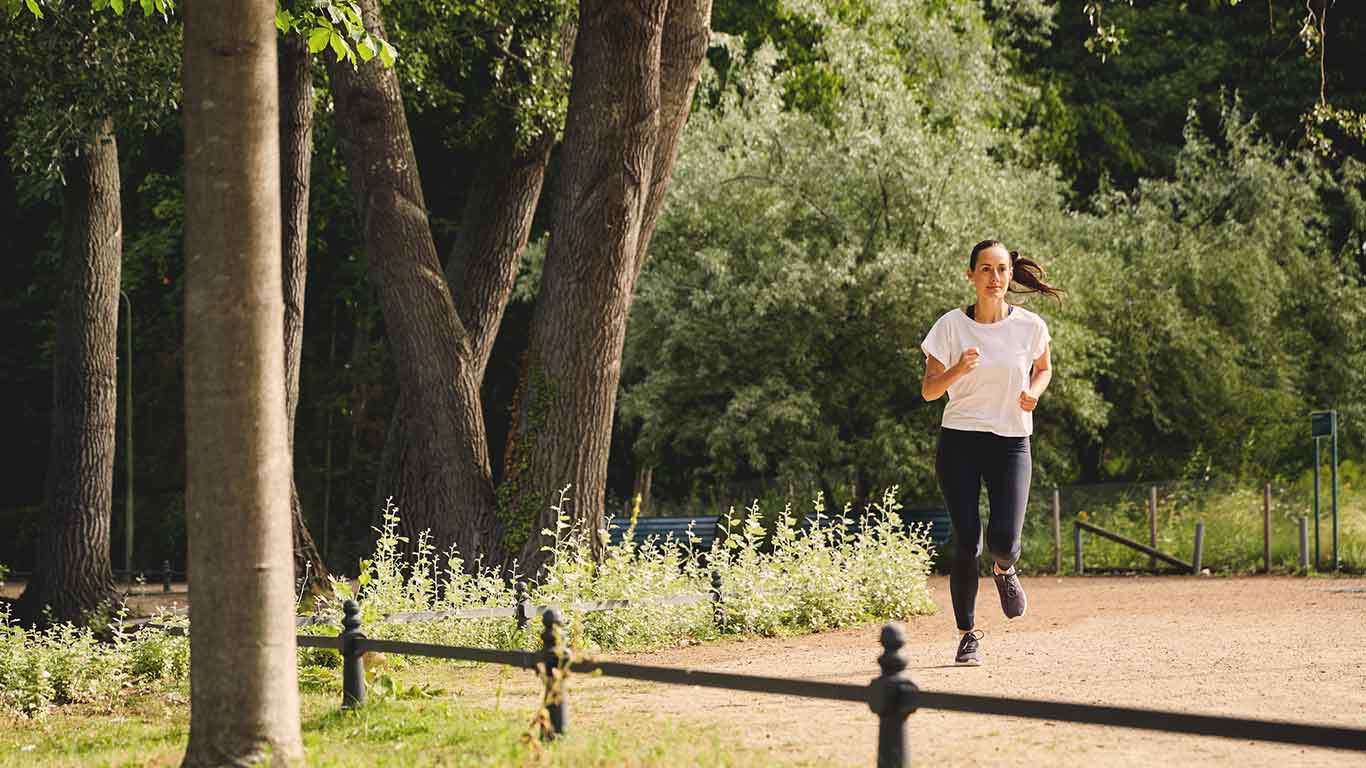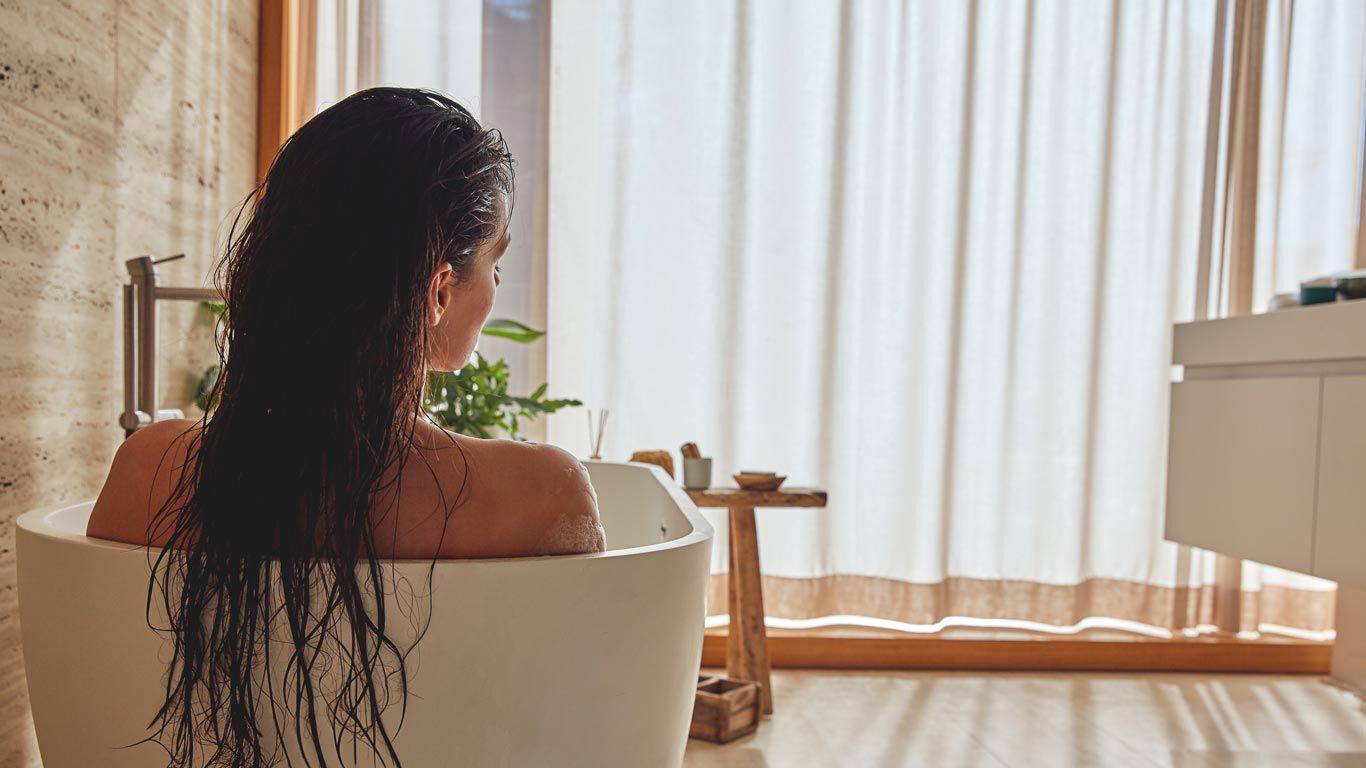For better relief, add the right bath products
With the right products, bathing can be even more effective for relieving sore muscles. Refreshing and energizing essential oils, like Juniper and Devil’s Claw, can help support your body’s regeneration and get you psyched up for your next workout session. But there’s one botanical that is loved above all when it comes to recovery…
For exceptional joint and muscle relief: Arnica products from Kneipp
Arnica has been used for centuries to help people feel their best when soreness strikes, as it is known for its anti-inflammatory properties. Through topical application, like gels, creams, and bath products, extracts from the Arnica Montana flower work quickly to combat discomfort in the muscles and joints—making it the perfect post-workout relief.
At Kneipp, Arnica is one of our favorite ingredients, so we’ve created lots of ways to use it, whether you’re in the mood for a bath, or just want a quick dose of relief.
Arnica for Bathing:
Joint & Muscle Arnica Mineral Bath Salt - Add a capful to your bath for joint and muscle rejuvenation after just 15-20 minutes.
Joint & Muscle Arnica Bath Oil - Helps relieve and restore sore muscles and joints while leaving skin silky and smooth.
Want even more relief? Pair them together to get the most out of your soak.
Arnica for Anytime:
Arnica Intensive Cream - Made with Arnica Extract, this award-winning cream delivers a warming effect to help the body relieve and restore.
Arnica Active Gel - Made with Arnica, Menthol and Mountain Pine Essential Oil to deliver targeted cooling relief where it’s needed most.
Feel-Good Fact:
Did you know, the Arnica we use in all our products at Kneipp is sustainably harvested? (Click here to learn more about how we sustainably harvest Arnica for our products.).
